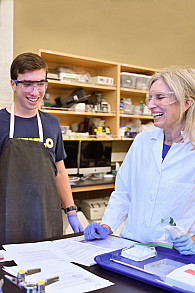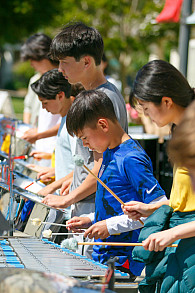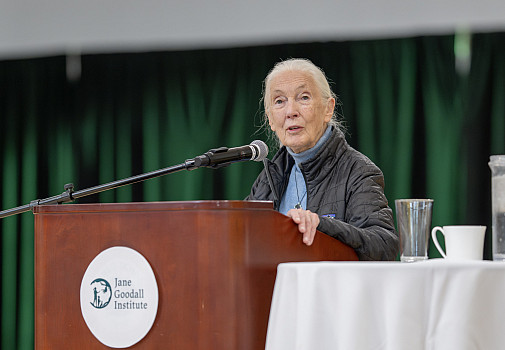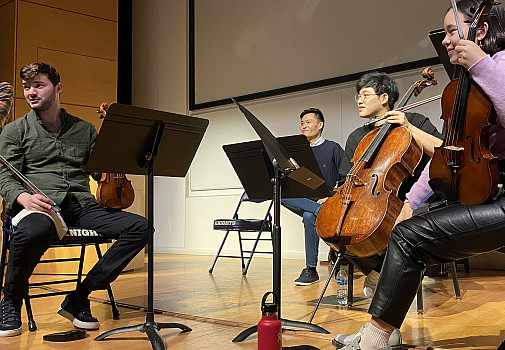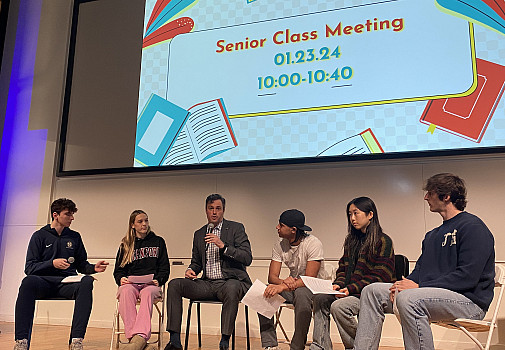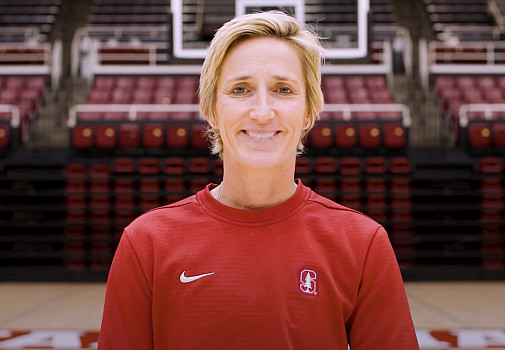- Arts
- Academics
-
Athletics
- Athletics Overview
-
Upper School Teams
- Baseball - Varsity
- Baseball - Junior Varsity
- Basketball - Boys Varsity
- Basketball - Boys Junior Varsity
- Basketball - Boys Freshman
- Basketball - Girls Varsity
- Basketball - Girls Junior Varsity
- Cross Country
- Flag Football - Girls
- Football - Varsity
- Football - Junior Varsity
- Golf - Girls Varsity
- Golf - Boys Varsity
- Golf - Boys Junior Varsity
- Lacrosse - Boys Varsity
- Lacrosse - Boys Junior Varsity
- Lacrosse - Girls Varsity
- Lacrosse - Girls Junior Varsity
- Soccer - Boys’ Varsity
- Soccer - Boys’ Junior Varsity
- Soccer - Girls Varsity
- Soccer - Girls Junior Varsity
- Swimming
- Tennis - Varsity Boys
- Tennis - Boys Junior Varsity
- Tennis - Girls Varsity
- Tennis - Girls Junior Varsity
- Track & Field
- Volleyball - Varsity
- Volleyball - Junior Varsity
- Volleyball - Freshman
- Water Polo - Boys Varsity
- Water Polo - Boys Junior Varsity
- Water Polo - Girls Varsity
- Water Polo - Girls Junior Varsity
-
Middle School Teams
- Baseball - Middle School
- Basketball - Boys Middle School
- Basketball - Girls Middle School
- Cross Country - Middle School
- Flag Football - Middle School
- Lacrosse - Boys Middle School
- Lacrosse - Girls Middle School
- Soccer - Boys Middle School
- Soccer - Girls Middle School
- Swimming - Middle School
- Tennis - Middle School
- Track - Middle School
- Volleyball - Middle School
- Athletics Philosophy & Values
- Athletics Resources
- Camps & Clinics
- Alumni Athletes
- New to Menlo Athletics?
- Student Life
- Support Menlo
- Admissions
- Calendar
- Resources
MENLO SCHOOL • SINCE 1915

Menlo News May 19, 2014
Dude, No More Dirty Water
Seventh grader Nina took on water pollution for her Right On, Dude project. To increase awareness, she published a story in the Coat of Arms. Read more.

The Coat of Arms article by Nina ’19:
Right on dude: dirty water
Water contaminated with industrial waste and chemicals is the leading cause of death in the world, killing 5,000 children every day (water.org). Pollution from industrial waste pumped into the ground nearby community water sources, along with violations of the Clean Water Act without fining or punishment, are some of the main causes of the problem of lack of access to clean water. “50% of the hospital beds worldwide are filled because of waterborne diseases,” CEO of WaterHealth International Sanjay Bhatnagar said. According to water.org, 780 billion people worldwide, or more than two times the population of the U.S., are affected by this issue. Their community’s economy, children’s education, and even their personal health, crumble and are destroyed by dirty water.
Pollution and ignoring repeated pollution infractions are some of the causes of dirty water. Polluters like gas stations, dry cleaners, or sewage treatment centers pollute community water supplies with potentially harmful chemicals, pesticides, and other industrial waste like sludge, or the leftover liquid used to wash the impurities off coal. Along with pollution, disregarding the increasing level of contamination in water supplies is a main issue of dirty water. Both the Environmental Protection Agency (E.P.A.) and state regulators overlook the infractions of pollution laws from 40% of the U.S. water systems, affecting 50% of the U.S. population (Duhigg). Powerful industrial companies lobby to undermine regulation, find loopholes in poorly constructed laws, and elude punishment. “People may introduce values to corporations, but that is not the way corporations usually behave,” says Peter Strauss, CEO of PM Strauss and Associates. Pollution and ignoring the increasing level of polluters are two of the main reasons why dirty water is still such a huge issue.
Dirty water affects many things, including personal health and education. Chemicals such as arsenic, barium, lead, and manganese once found in public water supplies can cause cancer or damage the kidney and nervous systems. A person could contract gallbladder diseases, fertility problems, and thyroid issues from drinking dirty water. Diarrhea, dehydration, and trachoma (a disease that affects the eye) are only a few of the diseases dirty water causes. Also, many children, especially girls, don’t receive the suitable education they need because they are collecting and getting sick from water.
Although providing everyone clean water is a complicated, intimidating problem, it can be done by enforcing the Clean Water Act, installing green infrastructure and doing simple everyday tasks. The Clean Water Act was passed in 1972 following several water-related disasters. The idea was to eliminate most water pollution by 1985. This did not work; the act has been violated 506,000 times since 2004 by more than 23,000 companies (Duhigg). However, with a stricter hand when enforcing the Clean Water Act, clean water will become available to everyone. Green infrastructure is a system of infrastructure unlike the usual storm-water infrastructure that the Clean Water Act supplies. It promotes using natural systems to absorb rainwater where it falls instead of piping storm water to sewage treatment plants or discharging directly into lakes, rivers, or oceans. Planting trees and putting in sidewalks that allow water to flow downward instead of on the street are some the actions green infrastructure features. Enforcing the Clean Water Act is difficult if one is not a government official, and green infrastructure can be pricey, but there are everyday duties that Menlo families can perform to help solve the water crisis. Keeping drinking water in the fridge instead of the tap, turning off the water when you brush you teeth or shower, and using car washes that recycle their water, are some of the ways the Menlo community could help solve the water crisis.
In conclusion, giving everyone access to clean, affordable water is complicated. Millions of men, women, and children are affected. Everyone, no matter how poor or affluent, deserve clean water. Pollution and ignoring pollution law infractions are some of the causes of dirty water, and personal health and education are affected. By enforcing the Clean Water Act and installing green infrastructure, clean water for everyone will become possible.
 MENLO SCHOOL Since 1915
MENLO SCHOOL Since 1915
